In the pursuit of weight loss and overall well-being, individuals are constantly seeking accessible and effective ways to incorporate physical activity into their daily lives. One such avenue that has gained widespread popularity is walking on a treadmill. This low-impact exercise not only offers a convenient alternative to outdoor walking but also presents a myriad of benefits for those aiming to shed excess weight and enhance their fitness levels.
In this context, understanding the importance of walking on a treadmill for weight loss and recognizing the broader advantages it brings to a fitness routine becomes pivotal in harnessing the full potential of this seemingly simple yet powerful exercise modality. Let's delve into the significance of treadmill walking and explore the multifaceted benefits it offers to individuals striving for a healthier lifestyle.
Setting the Right Pace
Achieving optimal results in weight loss through treadmill walking begins with a careful consideration of the walking pace. The pace at which one walks on a treadmill plays a crucial role in calorie expenditure and the overall effectiveness of the workout.
Determining an Appropriate Walking Speed:
- Individual Fitness Level:
Tailor the walking speed to your current fitness level. Beginners may start with a comfortable pace that allows for sustained activity without excessive strain.
- Heart Rate Consideration:
Pay attention to your heart rate. Aim for a brisk walk that elevates your heart rate to a moderate level, promoting cardiovascular benefits and calorie burn.
- Talk Test:
A simple gauge for the right pace is the ability to hold a conversation. If you can speak comfortably while walking, you are likely at an appropriate speed.
Gradual Progression to More Challenging Speeds:
- Incremental Increases:
As your fitness improves, gradually increase your walking speed. Small, incremental changes allow your body to adapt and minimize the risk of overexertion or injury.
- Interval Training:
Incorporate intervals of higher speeds to challenge your cardiovascular system. Short bursts of increased intensity followed by periods of recovery can boost calorie burn and enhance overall fitness.
- Utilize Treadmill Features:
Many treadmills come equipped with preset programs or customizable options for interval training. Take advantage of these features to automate speed variations.
Finding the right balance between a challenging pace and a sustainable effort is key to maximizing the benefits of treadmill walking for weight loss. Regular assessment of your fitness progress and a willingness to gradually push your limits will contribute to a more effective and rewarding exercise routine.

Duration and Frequency
Consistency and strategic planning are integral components when it comes to optimizing weight loss through treadmill walking. Establishing a routine that is both sustainable and progressively challenging contributes significantly to achieving and maintaining your fitness goals.
Establishing a Consistent Walking Routine:
- Schedule Regular Sessions:
Set a consistent schedule for treadmill walking sessions. Whether it's daily or several times a week, having a routine helps make exercise a habit.
- Time Management:
Allocate a specific time for your treadmill walks. This could be in the morning, during lunch, or in the evening—whatever aligns with your daily routine to enhance adherence.
- Mixing it Up:
Introduce variety to prevent monotony. This could involve changing the time of day, exploring different treadmill programs, or incorporating outdoor walks when possible.
Balancing Duration to Maximize Weight Loss Benefits:
- Start Gradually:
For beginners, initiate your treadmill walking routine with manageable durations. This allows your body to adapt and reduces the risk of burnout or injury.
- Progressive Increase:
Over time, gradually extend the duration of your walks. Aim for at least 150 minutes of moderate-intensity exercise per week, in line with recommended guidelines for overall health.
- Consider Intervals:
Incorporate interval training not only for speed variation but also for duration. Alternating between periods of brisk walking and recovery can enhance calorie burn and metabolic impact.
By establishing a consistent walking routine and progressively balancing the duration of your treadmill sessions, you create a sustainable foundation for weight loss. Regularly reassess your goals and make adjustments as needed to ensure that your routine remains challenging and effective in your journey toward achieving and maintaining a healthy weight.
Maintaining correct form and technique during treadmill walking is essential not only for maximizing the effectiveness of the exercise but also for preventing injuries. Focusing on posture and avoiding common mistakes contributes to a safer and more beneficial workout experience.

Proper Form and Technique:
Maintaining an Upright Posture:
- Head Position:
Keep your head in a neutral position, looking straight ahead. Avoid tilting your head upward or downward to reduce strain on your neck and spine.
- Shoulders Back and Relaxed:
Roll your shoulders back and down, allowing your chest to be open. Avoid slouching or hunching forward to maintain proper spinal alignment.
- Engage Core Muscles:
Tighten your core muscles to provide stability and support for your lower back. This helps prevent excessive arching of the spine.
Avoiding Common Mistakes that may Lead to Injuries:
- Overstriding:
Take natural, comfortable steps without overstriding. Landing your foot too far in front of your body can lead to increased impact on joints and a higher risk of injury.
- Gripping the Handrails:
Minimize the use of handrails. Holding on too tightly can disrupt your natural walking motion and reduce the effectiveness of the workout.
- Ignoring Footwear:
Wear supportive and comfortable athletic shoes. Inadequate footwear can contribute to discomfort and increase the risk of foot, knee, or hip issues.
Sudden Changes in Speed or Incline: Gradually transition between speeds and inclines to avoid sudden stress on joints and muscles. Abrupt changes can lead to injuries, especially for those new to treadmill walking.
By prioritizing and maintaining an upright posture and being mindful of common mistakes, you not only enhance the benefits of treadmill walking but also reduce the risk of injuries. Consistent attention to proper form contributes to a more comfortable and effective exercise routine, promoting both short-term success and long-term well-being.

Monitoring Heart Rate:
Understanding and effectively managing your heart rate during treadmill workouts is a key aspect of optimizing the benefits of weight loss and cardiovascular health. By recognizing the importance of tracking heart rate and utilizing specific heart rate zones, you can tailor your treadmill walking sessions to maximize fat burning and overall fitness.
Importance of Tracking Heart Rate During Treadmill Workouts:
- Real-Time Feedback:
Monitoring your heart rate provides real-time feedback on the intensity of your workout. This helps you gauge the effectiveness of your exercise and make adjustments accordingly.
- Safety and Moderation:
Keeping tabs on your heart rate ensures that you exercise within a safe and sustainable intensity range. This is particularly crucial for individuals with specific health considerations or those returning to exercise after a period of inactivity.
- Personalized Fitness Goals:
Tracking heart rate allows you to align your workouts with personalized fitness goals, whether it's weight loss, cardiovascular endurance, or overall fitness improvement.
Utilizing Heart Rate Zones for Optimal Fat Burning:
- Identifying Target Heart Rate Zones:
Determine your target heart rate zones based on your age and fitness level. This often involves calculating a percentage of your maximum heart rate.
- Fat-Burning Zone:
The fat-burning zone typically falls within a moderate-intensity range, around 60-70% of your maximum heart rate. Working within this zone encourages the utilization of fat as a primary energy source.
- Interval Training for Variation:
Incorporate intervals of higher intensity to elevate your heart rate into the higher zones, promoting both calorie burn and cardiovascular fitness.
By being aware of and managing your heart rate during treadmill walking, you can tailor your workouts to align with your specific fitness objectives. Whether your goal is to optimize fat burning or enhance overall cardiovascular health, the strategic use of heart rate monitoring contributes to a more efficient and goal-oriented exercise routine.
Staying Hydrated and Fueled:
Proper hydration and nutrition are crucial elements of any successful treadmill walking routine. Ensuring that your body is well-hydrated and adequately fueled enhances your endurance, performance, and recovery. Here's a closer look at the importance of hydration during treadmill workouts and the significance of consuming appropriate pre-workout and post-workout snacks.
Importance of Hydration During Treadmill Workouts:
- Regulation of Body Temperature:
Sweating is a natural response to exercise, and adequate hydration helps regulate body temperature. Dehydration can lead to overheating and diminished performance.
- Optimal Physical Function:
Hydration is essential for the proper functioning of muscles and joints. Maintaining fluid balance supports overall physical performance and reduces the risk of cramps and stiffness.
- Enhanced Endurance:
Proper hydration contributes to increased endurance, allowing you to sustain your treadmill walking sessions for longer durations.
Consuming Appropriate Pre-Workout and Post-Workout Snacks:
Pre-Workout Nutrition:
- Timing is Key:
Consume a balanced meal or snack 1-2 hours before your treadmill session. This provides a source of energy without causing discomfort during exercise.
- Carbohydrates and Protein:
Include a mix of carbohydrates and protein for sustained energy. Carbohydrates serve as a primary fuel source, while protein supports muscle function.
- Hydration:
Pair your pre-workout snack with adequate hydration to ensure that you start your exercise well-hydrated.
Post-Workout Nutrition:
- Rehydration:
Begin by replenishing fluids lost during exercise. Water or a sports drink with electrolytes can help restore hydration levels.
- Protein for Recovery:
Consume a post-workout snack or meal rich in protein to support muscle recovery. This can include options like a protein shake, yogurt, or a small meal with lean protein sources.
- Carbohydrates for Glycogen Replenishment:
Include carbohydrates to replenish glycogen stores, promoting recovery and preparing your body for the next workout.
Conclusion
Embarking on a treadmill walking journey to lose weight requires a thoughtful and holistic approach. The tips outlined for walking on a treadmill to lose weight properly emphasize the integration of consistency, proper technique, and smart nutritional practices. By acknowledging the importance of establishing a consistent walking routine, gradually increasing intensity, maintaining proper form, and monitoring heart rate, individuals can create a sustainable and effective fitness regimen.
Furthermore, understanding the significance of hydration and nutrition in the pre-workout and post-workout phases enhances the overall impact of treadmill walking on weight loss. Staying well-hydrated and fueling the body with appropriate nutrients not only supports performance but also aids in recovery, ensuring that each treadmill session contributes positively to both short-term goals and long-term health.





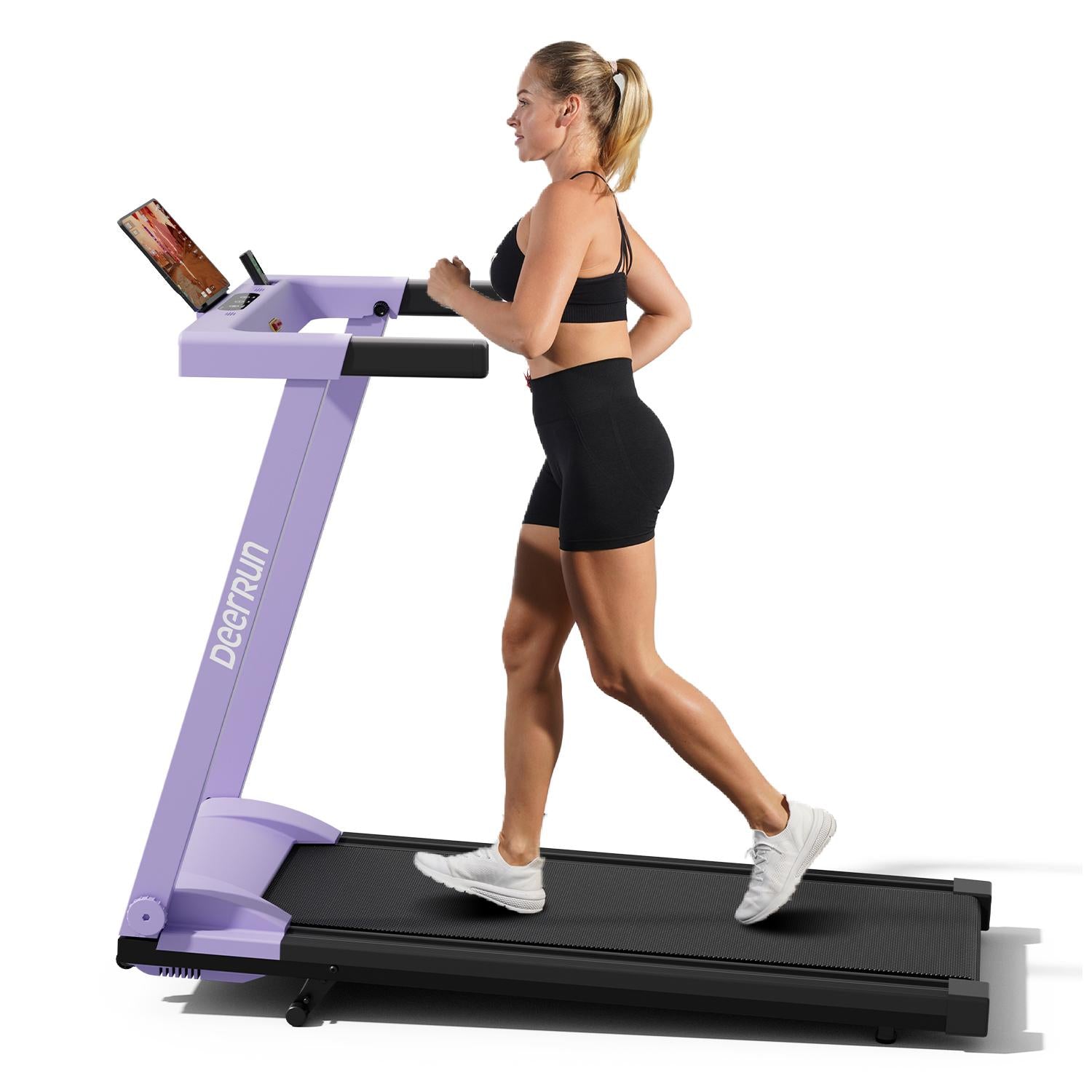



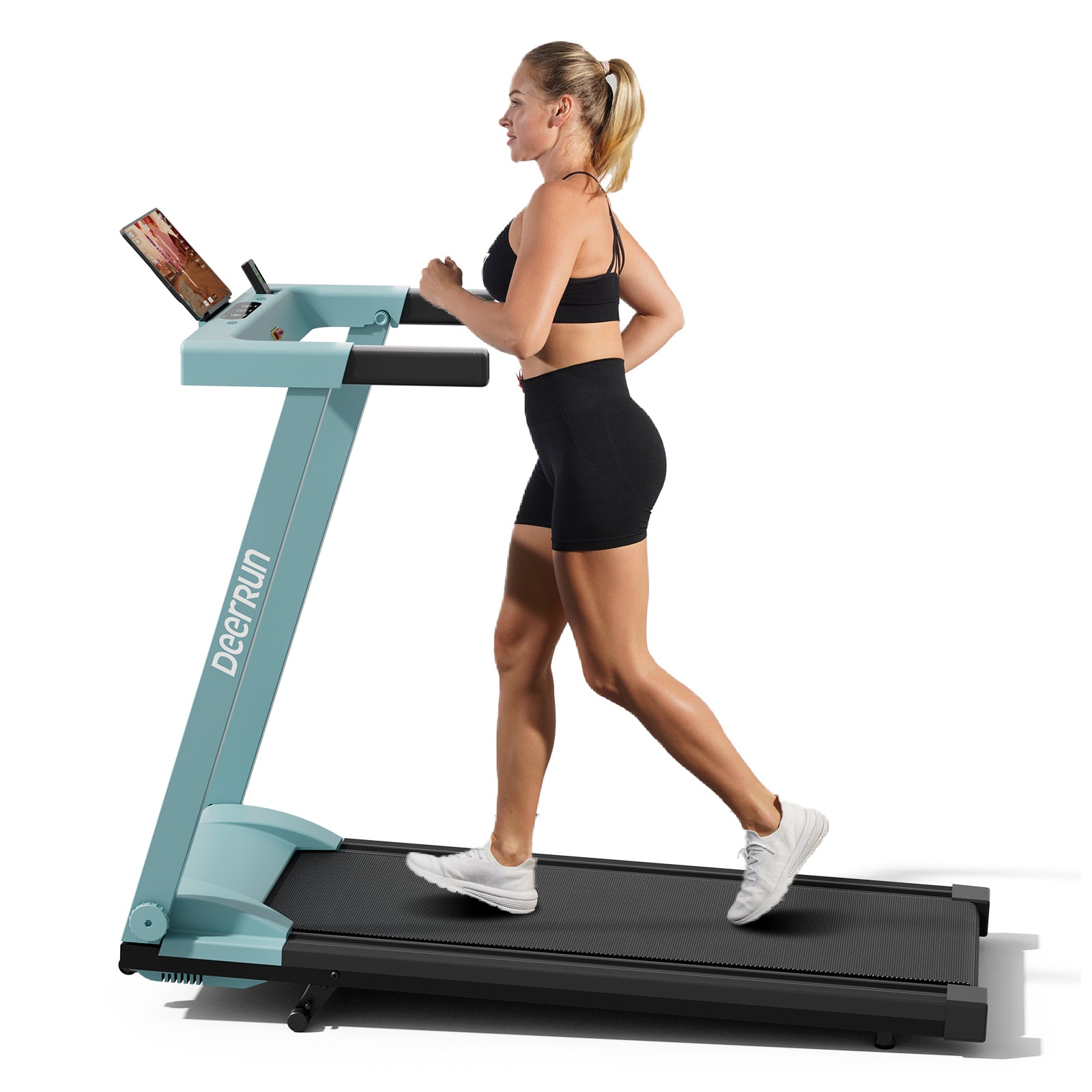





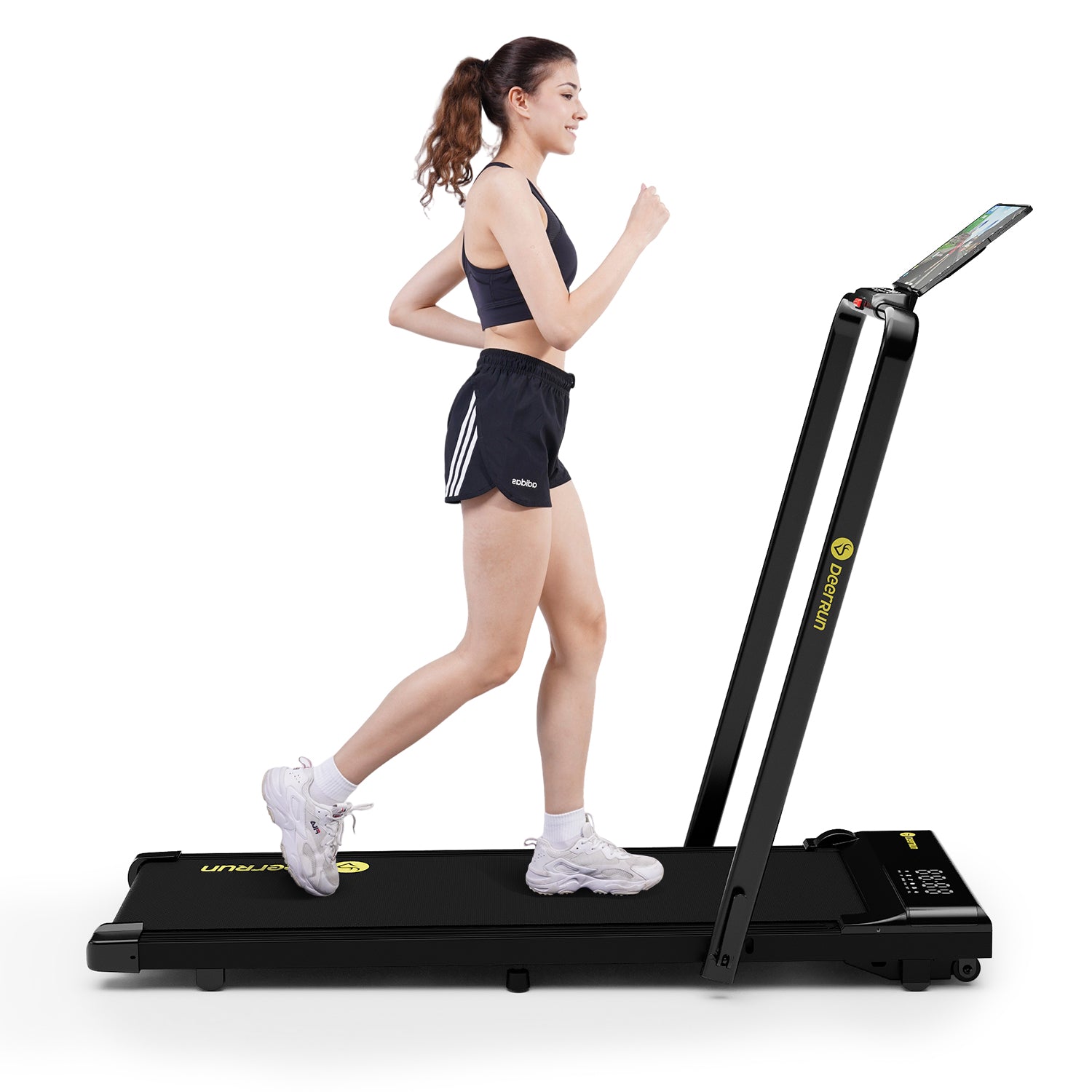











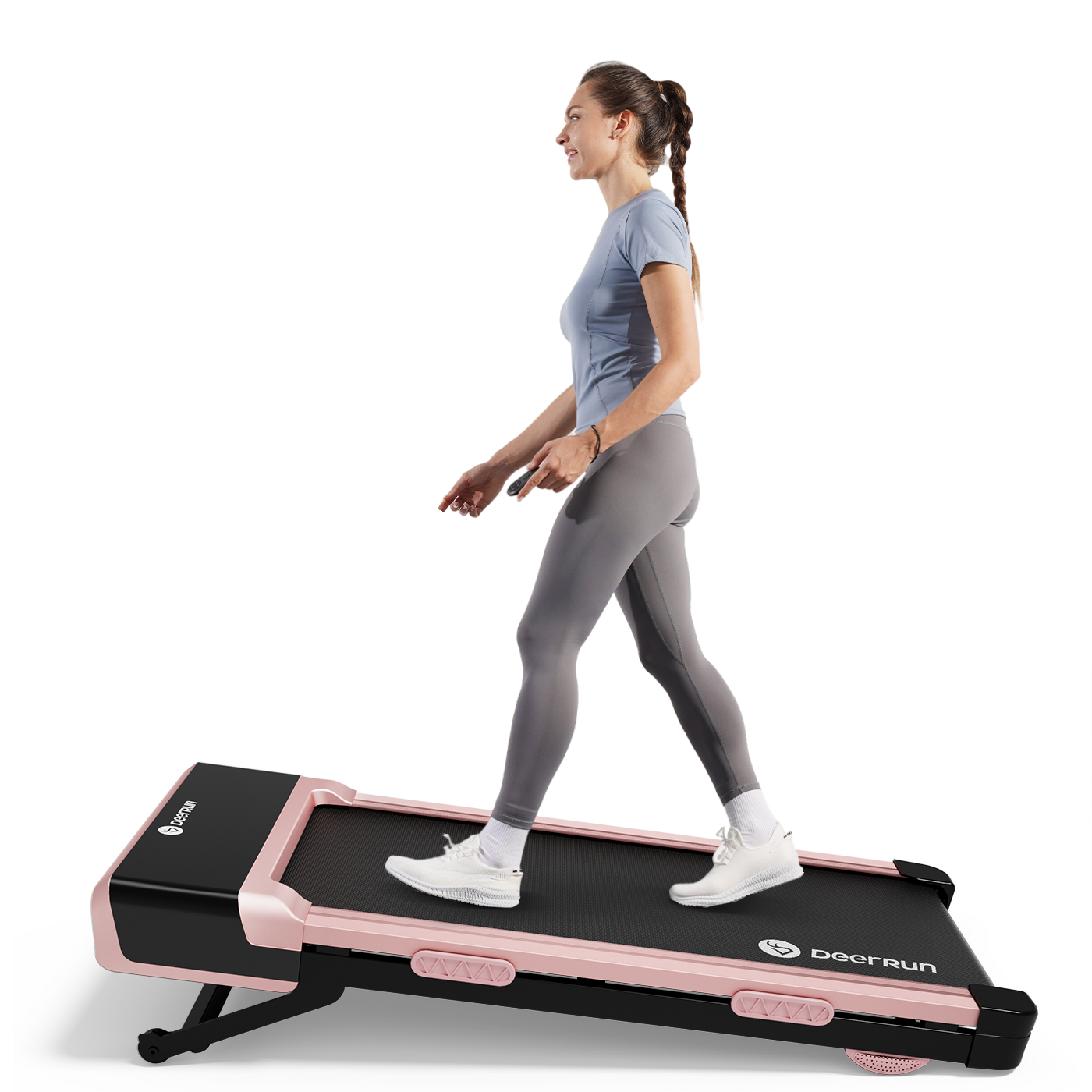
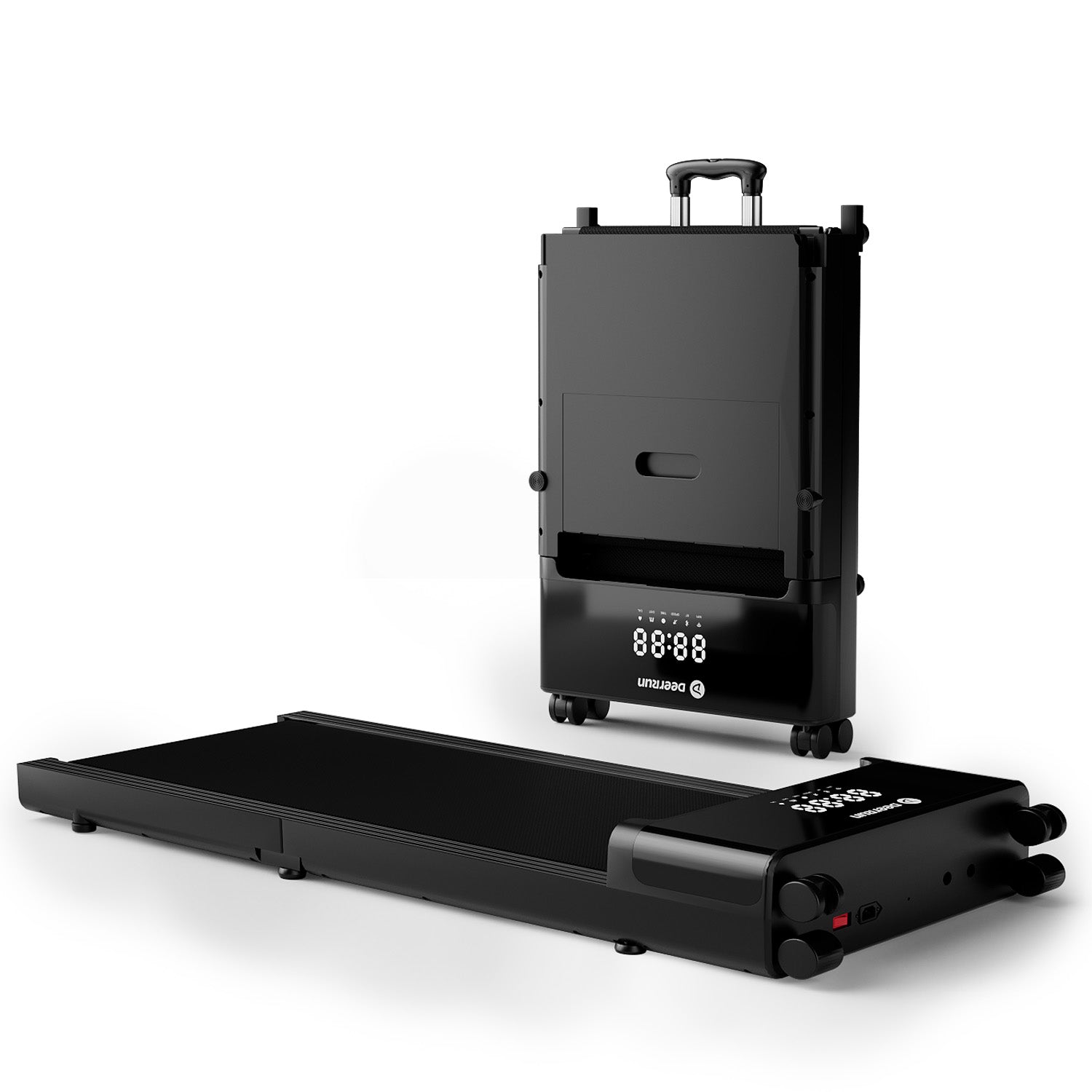


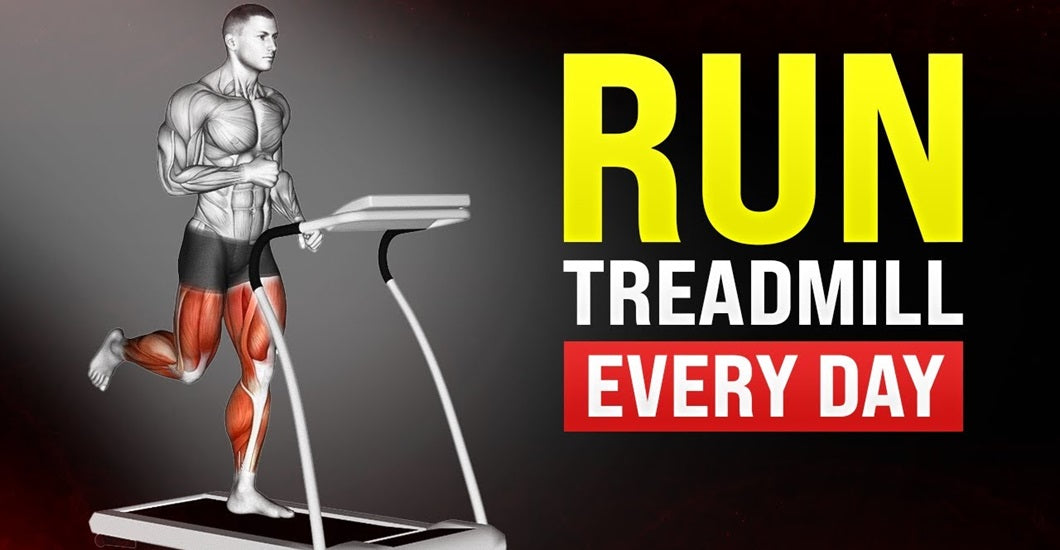
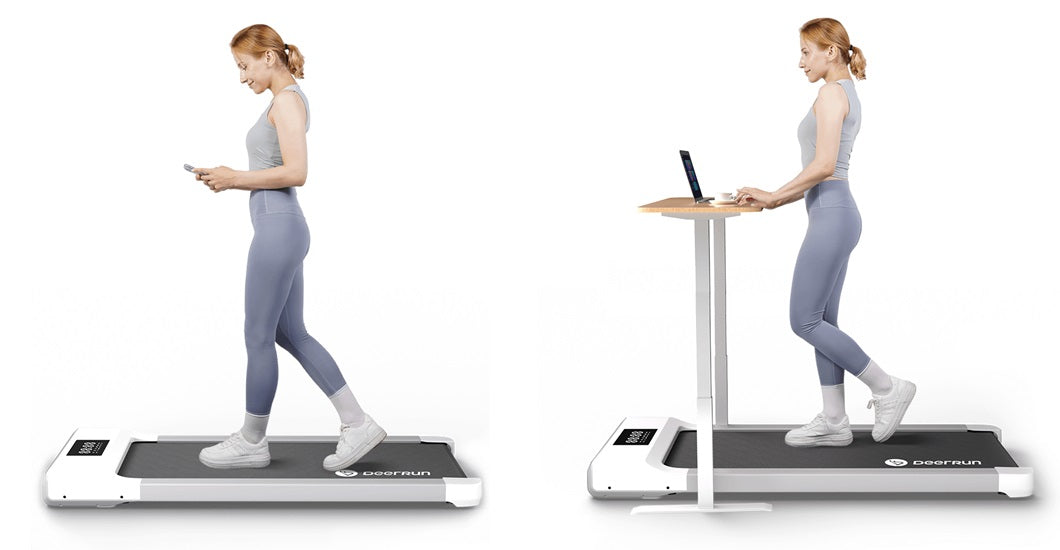

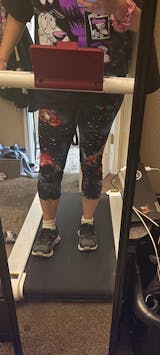
Leave a comment
All comments are moderated before being published.
This site is protected by hCaptcha and the hCaptcha Privacy Policy and Terms of Service apply.